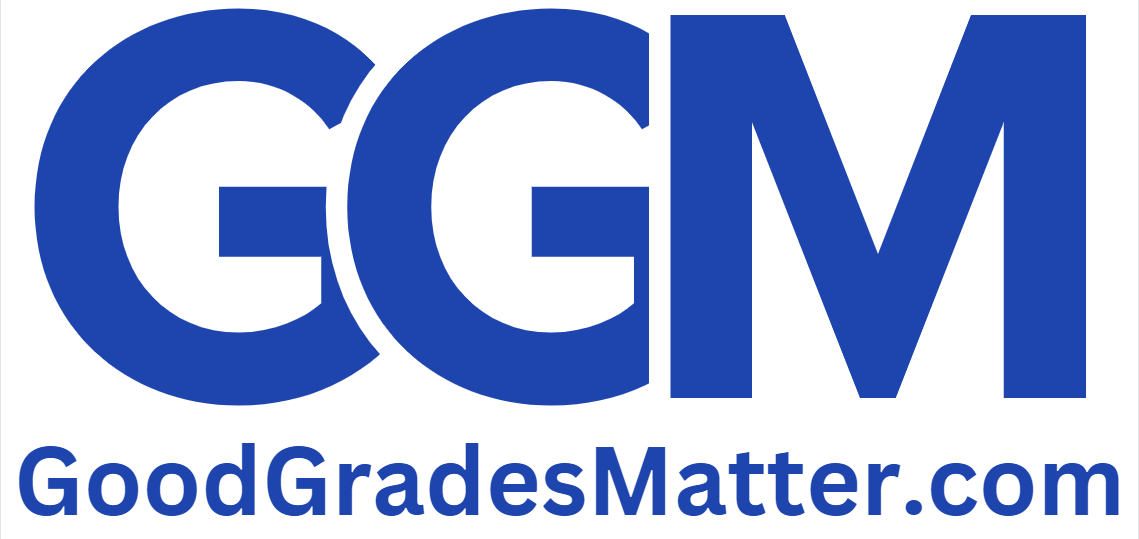Koontz Company manufactures a number of products. The standards relating to one of these products are shown below, along with actual cost data for May.
| Standard Cost per Unit | Actual Cost per Unit | |
| Direct materials: | ||
| Standard: 1.80 metres at $3.00 per metre | 5.40 | |
| Actual: 1.80 metres at $3.30 per metre | 5.94 | |
| Direct labour: | ||
| Standard: 0.90 hours at $18.00 hour | 16.20 | |
| Actual: 0.92 hours at $17.50 per hour | 16.10 | |
| Variable overhead: | ||
| Standard: 0.90 hours at $5.00 per hour | 4.50 | |
| Actual: 0.92 hours at $4.50 per hour | 4.14 | |
| Total cost per unit | 26.10 | 26.18 |
| Excess of actual cost over standard cost per unit |
The production superintendent was pleased when he saw this report and commented: “This $0.08 excess cost is well within the 2% limit management has set for acceptable variances. It’s obvious that there’s not much to worry about with this product.”
Actual production for the month was 12,000 units. Variable overhead cost is assigned to products on the basis of direct labour-hours. There were no beginning or ending inventories of materials.
Required:
1. Compute the following variances for May:
a. Materials price and quantity variances. (Input all amounts as positive values. Indicate the effect of each variance by selecting “F” for favorable, “U” for unfavorable, and “None” for no effect (i.e, zero variance).)
b. Labour rate and efficiency variances. (Input all amounts as positive values. Indicate the effect of each variance by selecting “F” for favorable, “U” for unfavorable, and “None” for no effect (i.e, zero variance).)
c. Variable overhead spending and efficiency variances. (Input all amounts as positive values. Indicate the effect of each variance by selecting “F” for favorable, “U” for unfavorable, and “None” for no effect (i.e, zero variance).)
2. How much of the $0.08 excess unit cost is traceable to each of the variances computed in Requirement 1 above. (Input all amounts as positive values. Indicate the effect of each variance by selecting “F” for favorable, “U” for unfavorable, and “None” for no effect (i.e., zero variance). Round your answers to 2 decimal places.)
3. How much of the $0.08 excess unit cost is traceable to apparent inefficient use of labour time? (Input all values as positive amounts. Indicate the effect of each variance by selecting “F” for favorable, “U” for unfavorable, and “None” for no effect (i.e., zero variance). Do not round intermediate calculations. Round your final answers to 2 decimal places.)
4. This part of the question is not part of your Connect assignment.
Related:(Solution) Mickley Corporation produces two products
Solution
1

Workings questions one
| Actual Quantity of Input, at Actual Price | Actual Quantity of Input, at Standard Price | Standard Quantity Allowed for Actual Output, at Standard Price | |||||
| (AQ × AP) | (AQ × SP) | (SQ × SP) | |||||
| 21,600 feet** × $3.30 per foot | 21,600 feet** × $3.00 per foot | 21,600 feet* × $3.00 per foot | |||||
| = $71,280 | = $64,800 | = $64,800 | |||||
Materials price variance = $6,480 U | Materials quantity variance = $0 | ||||||
| Spending variance = $6,480 U | |||||||
*12,000 units × 1.80 feet per unit = 21,600 feet
**12,000 units × 1.80 feet per unit = 21,600 feet

Please click on the Icon below to purchase the full 100% CORRECT ANSWER at only $3




